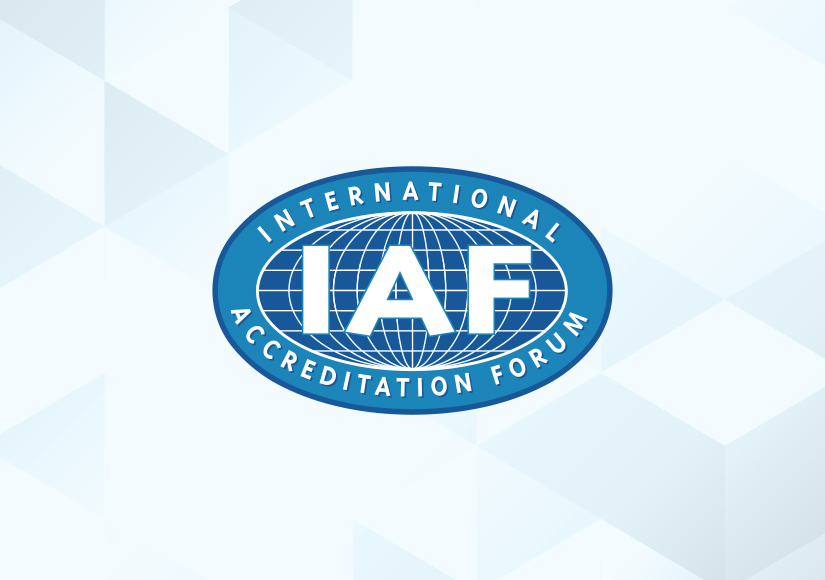A communique of that first meeting is accessible on the member’s side of the IAF website. Consider all of the concepts embodied in one paragraph of that communique: “The consensus” was to cooperate with organizations who operate similar accreditation programs in exchanging information and procedures in meetings to be known as the International Accreditation Forum. The meetings are intended to contribute to mutual understanding and to build confidence in the operation of such accreditation programs in the interest of international trade.
The key concepts identified in that one paragraph are what IAF was and still is, about:
- Consensus
- Cooperation
- Confidence
- Equivalence of conformity assessment
- Equivalence of accreditation
- Certification in one country being accepted in another country
- In the interest of international trade
Some other key dates are as follow:
- January 1998 IAF Bylaws formally adopted.
- 22 January 1998 the first MLA for QMS.
- 27 September 1998 IAF was legally incorporated in the State of Delaware in the US.
- November 2000 IAF Charter was adopted and published.
- November 2001 The new structure of IAF, as exists today, was announced and implemented. This was also the first joint general assembly with ILAC.
- 11 November 2003 IAF Code of Conduct
- 9 October 2004 MLA for EMS and Product
IAF has evolved from six accreditation bodies at that first meeting in 1993 to 66 accreditation bodies, 18 association members, and 4 regional cooperations, with two new regional cooperations in development.
While primarily an association of accreditation bodies for conformity assessment, association members at IAF enjoy voting privileges and positions on the IAF Board and IAF Executive Committee thereby being able to influence IAF policy. Several years ago IAF formed the User Advisory Committee (UAC) to obtain more specific input from the end users of accredited conformity assessment such as government/regulators, industry purchasers and conformity assessment scheme owners. The intent is to obtain information from users that helps us to keep accredited conformity assessment relevant and of value. The UAC was been so successful that another evolutionary change is the formation of the Conformity Assessment Body Advisory Committee. Chaired by Roger Bennett, the Board member elected by all CAB association members, chairs the CABAC. Again, the intent is to obtain information from accredited conformity assessment bodies, to allow IAF to improve and change as needed to provide value.
In cooperation and partnership with the International Laboratory Accreditation Cooperation (ILAC), we are reaching out to the World Trade Organization and government bodies to gain greater visibility and greater recognition of the value of accredited conformity assessment. We are striving to inform them about accreditation by bodies that are signatories of the IAF MLA and ILAC MRA. We are also informing them about the use of the IAF MLA and ILAC MRA marks. We hope to persuade WTO member s and government bodies that they can have confidence in accredited conformity assessment results bearing the IAF or ILAC mark, along with the marks of the AB and CAB. We hope that they will recognize these conformity assessment results and accept the products and services without the need for any additional conformity assessment.
The future is up to all of us, the AB, CAB and User members of IAF and the members of our partner organization ILAC. We need to continually improve our competence and our capability to counter the competitive-commercial threats to impartiality.

